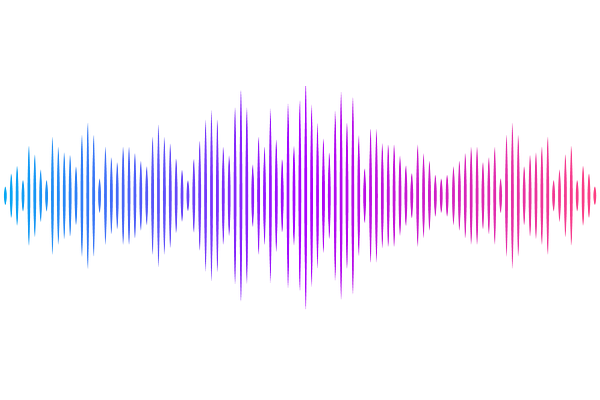Infrared diagnostics of late-time core-collapse supernova spectra

Infrared diagnostics of late-time core-collapse supernova spectra
Luc Dessart
AbstractNonlocal thermodynamic equilibrium radiative transfer calculations of red-supergiant and He-star explosions are presented, extending previous work to focus on the infrared emission from atoms and ions in the ejecta during the nebular-phase (i.e., ~200 to ~500d) -- molecules and dust are ignored. We cover non-rotating, solar-metallicity progenitors spanning an initial mass between 10 and about 40Msun, and exploding as Type II or Ibc supernovae (SNe). Both photometrically and spectroscopically, the SN II models evolve distinctly from the SN Ibc models, primarily because of the greater ejecta kinetic-energy-to-mass ratio in the latter, which leads to a greater gamma-ray escape together with a lower density and a higher ionization in our H-deficient ejecta. Type II SN models remain optically luminous at all times, whereas SN Ibc models progressively brighten in the infrared (which holds 80% of their luminosity at 500d), causing strong infrared lines such as [NeII]12.81mic or [NiII]6.634mic to evolve essentially at constant luminosity. We find that the strength of [NeII]12.81mic correlates with progenitor mass but with additional strong sensitivity to, for example, ejecta ionization -- this line radiates alone up to 20% of the SN luminosity after ~300d in our SN Ibc models. The numerous infrared Ni lines are found to be good tracers of the material that underwent explosive nucleosynthesis and can thus be used to constrain the level of 56Ni mixing in core-collapse SNe. The evolution of the integrated flux in infrared Fe and Co lines shows much diversity, which compromises their use as diagnostic of the 56Ni-decay power source in our models. Future spectroscopic observations of core-collapse SNe by the JWST will provide unprecedented information on the emission from atoms and ions in their ejecta, delivering critical constraints on the inner workings of massive star explosions.